American Black Elderberry
$44.50 Original price was: $44.50.$31.15Current price is: $31.15.
- Free Shipping over $25
- Fast & reliable delivery options
- Enjoy top quality items for less
- Multiple safe payment methods

Current trends in gardening include growing native plants and planting food crops. You can do both, and enjoy an ornamental shrub too, when you plant the American Black Elderberry. It comes from right here, so it isn’t some invasive alien plant, and you can do so much with both the fruit and the flowers. The black fruits can be turned into jellies or jams, or used fresh in pancakes, muffins and pies. The flowers are used to make natural wines, including delicious ‘elderflower champagne’, and the fruit too can be made into alcoholic drinks. Wildlife love it, from butterflies and bees to birds, who not only eat the fruit, but nest in it. In the garden it’s an attractive medium-sized shrub for a casual or cottage look. Heck, you can even make flutes and whistles from the stems. Grow it among your shrubs, or in a corner of your vegetable garden. Use it to edge natural woodlands and by water – it grows well in wet areas. Easy to grow and fast-growing, this is what wildflower gardening should look like.
Growing American Black Elderberry
Size and Appearance
The American Black Elderberry is a medium-sized deciduous shrub, forming a rounded upright bush around 10 feet tall, and about 8 feet wide. Pruning can keep it significantly smaller. The stems are light brown, with thick, ridged bark on older branches, and small knobby bumps on younger ones. The leaves are large, but divided into 5, 7 or sometimes 9 leaflets, each about 4 inches long. They are light green, turning yellow in fall. In summer flat heads of tiny white, fragrant flowers are produced, 8 to 12 inches across. These quickly mature by late summer or early fall into clusters of berries, first green and then purple-black and juicy. This plant is self-pollinating and just one bush gives a full crop of berries. All parts of the plant, except for the flowers and ripe berries, are toxic, containing cyanide. The seeds are toxic too, so it is best to make jellies and not to consume too many unstrained berries. Jellies and wines are completely safe and the overall toxicity is low.
Using the American Black Elderberry in Your Garden
Grow the American Black Elderberry among your shrubs, especially in a cottage-style garden or natural planting. Use it to edge woodlands, or to separate the vegetable garden. Grow it in transitional areas between a more formal garden and wild places. With regular pruning it can be kept neat, but unpruned plants can become large and ungainly – but the berries still taste as good.
Hardiness
The American Black Elderberry will grow well in zone 3, and all through the country into zone 9 as well.
Sun Exposure and Soil Conditions
Plant this shrub in full sun or partial shade – more sun will produce more flowers and berries. It grows easily in just about any soil, including heavy clays and lighter sands. It will grow in strongly acidic soils, in neutral soils and in slightly alkaline soils too. It thrives in wet ground, so plant it in low-lying areas and beside water. Established plants have good drought tolerance, but benefit from some water in long periods of dryness. For bigger crops, mulch with organic material in fall.
Maintenance and Pruning
Generally free of pests or diseases, except for a few aphids from time to time. Deer resistant, although they may graze on a few leaves or flowers. Birds will quickly take the berries if they aren’t harvested. Best pruned in spring – cut hard and remove older branches completely, to encourage a dense, bushy form. May send up new plants from the roots, forming a thicket, which is fine in wild areas.
History and Origin of the American Black Elderberry
The American Black Elderberry, Sambucus canadensis, was once called Sambucus nigra subsp. canadensis. It grows across an enormous range throughout the east, from Canada to Florida and west almost to the Rockies. It is found in wetlands, woodland edges and along streams. The name is from the Greek sambuce, which was a wind instrument – you can make flutes and whistles from the hollow stems.
Buying the American Black Elderberry at the Tree Center
Combining beauty, native plants and food crops is a sure-fire winner – and you can do exactly that with the American Black Elderberry. No wild garden should be without it, and neither should any garden interested in growing your own food and drinks. Although often sold in ornamental varieties, the wild plant is not often available, so take advantage of our offer, and order now, while stocks last.
Be the first to review “American Black Elderberry” Cancel reply
Related products
Lilacs
Boxwood Shrubs
Butterfly Bush
Butterfly Bush
Rhododendron
Ornamental Grasses
Boxwood Shrubs
Other Shrubs & Hedges

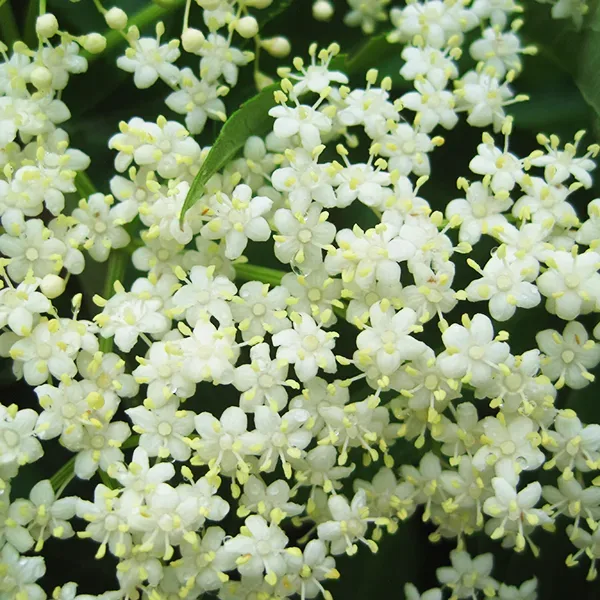
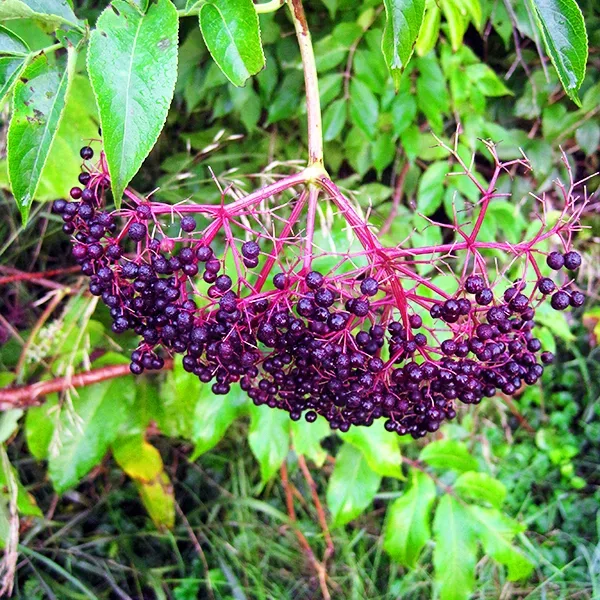

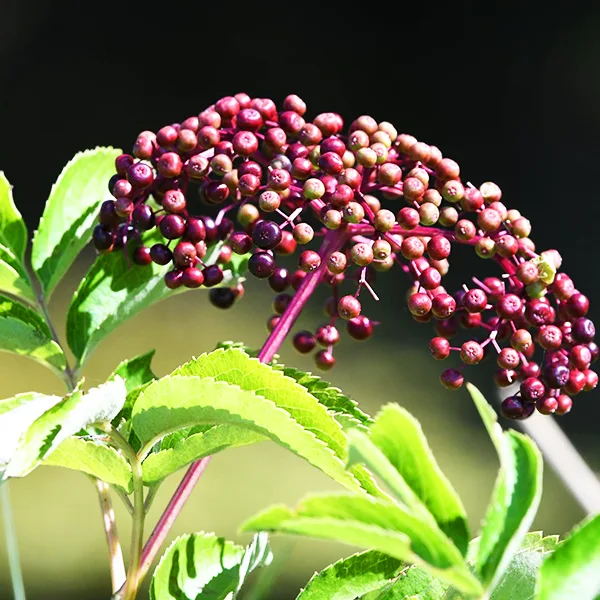


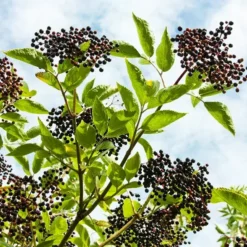

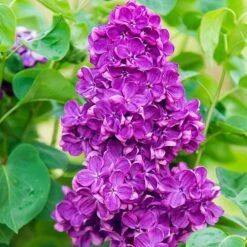
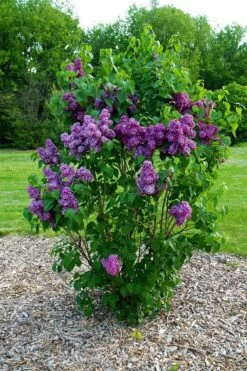
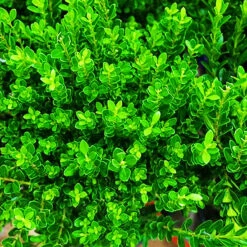


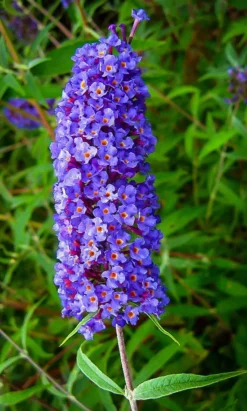


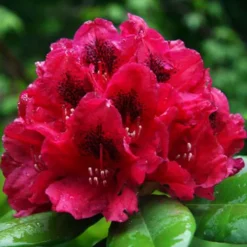

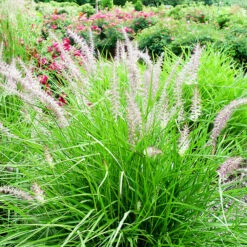
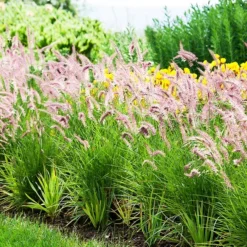


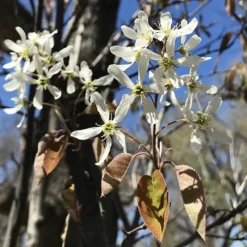

Reviews
There are no reviews yet.